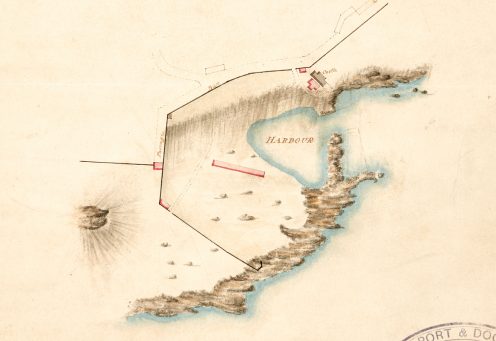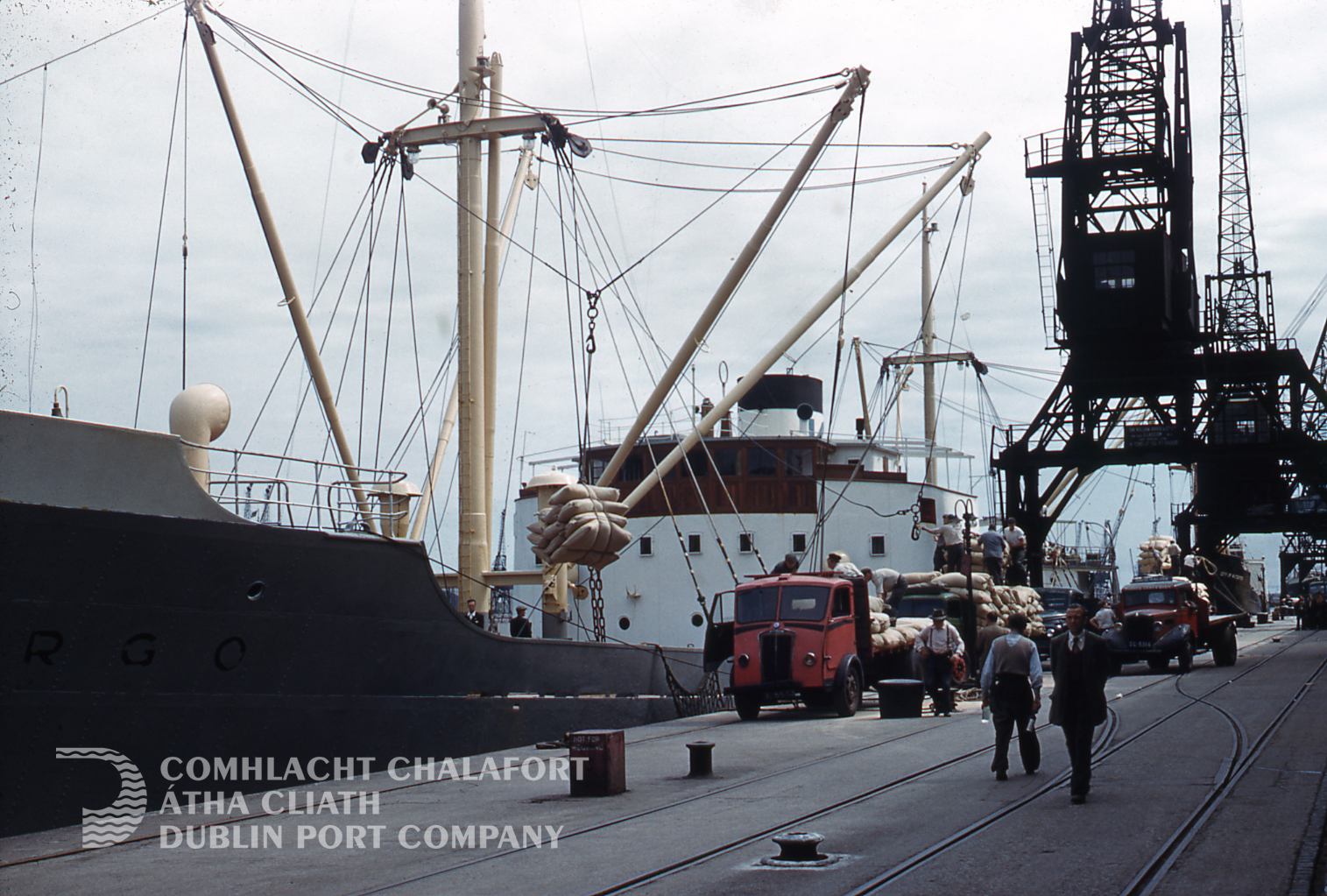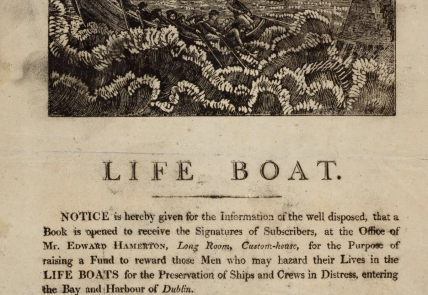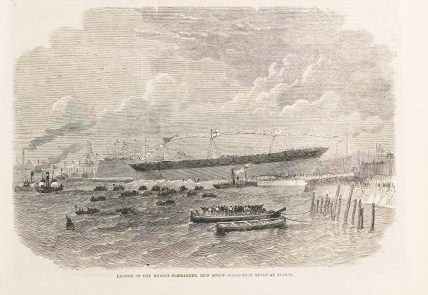
The Cistercian Monks of St Mary’s Abbey in Dublin were granted lands at Bullock adjoining the natural harbour in the sheltered creek in the 12th century. Over 40 years they built Bullock Castle and walled the surrounding area to protect the fishers and themselves from Wicklow tribes. In return for this protection the monks levied a payment in fish from each herring boat entering the harbour.
Hobblers and pilots emerged in Bullock Harbour due to the difficulties of navigating the shallow bay to enter Dublin Port. Hobblers were entrepreneurs who competed against each other to be the first skiff to reach a ship and provide assistance to reach the Port safely. Bullock became a base for this activity with the construction of a row of cottages for the Pilots in 1806. A lifeboat service operated from 1801 to 1862 from Bullock, Sandycove, Old Dunleary, Howth and Pidgeon House until handed over to the RNLI. One of the most outstanding rescues from Bullock was that of the ship Brig Ellen in 1821, led by the Pilot Master William Hutchison who lived and worked at Bullock Harbour.
In 1804 the Corporation for Preserving & Improving the Port of Dublin leased the lands at Bullock Castle. The local granite quarries were a key resource for the port authority in building the North Bull Wall and repairing the quay walls along the Liffey river. In 1818 a local builder George Smith was commissioned to improve and extend the medieval quay and breakwater creating the harbour which stands today and this work was completed in March 1819.
Help us with the Archive
You can help us to preserve Dublin Port’s rich archival heritage by
donating items or seek advice from us on items in your safekeeping.
Get in touch by completing the contact form below.
We’d love to hear from you!

















